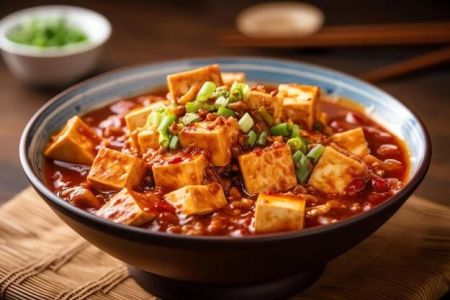- economic-contributions-of-chinese-restaurants-in-us-cities
- job-creation-and-entrepreneurship
- supporting-local-supply-chains-and-communities
- preserving-culture-while-driving-consumer-demand
- case-study-golden-wok-in-houston-texas
- challenges-faced-by-chinese-restaurant-owners
- how-platforms-like-chinese-food-help-foster-growth
1. Economic Contributions of Chinese Restaurants in U.S. Cities
Chinese restaurants have become an economic staple in cities large and small across the United States. With over 45,000 Chinese restaurants in operation—more than all McDonald's, Burger Kings, and KFCs combined—these establishments contribute significantly to neighborhood revitalization, foot traffic, and commercial diversity.
From New York to Seattle, they serve more than food—they anchor local microeconomies. A single successful Chinese restaurant often spurs nearby growth, drawing visitors, boosting local tax revenue, and encouraging adjacent businesses to thrive.
2. Job Creation and Entrepreneurship
2.1 Employing the Community
Chinese restaurants not only offer food but also jobs. Whether in the kitchen, front of house, delivery, or management, they consistently provide employment opportunities, particularly for entry-level or immigrant workers seeking stability and upward mobility.
2.2 Family-Owned Entrepreneurship
Many Chinese food establishments are family-owned, a key driver of small business success in America. These entrepreneurs often reinvest earnings locally, enroll children in area schools, and participate in community events—further strengthening their economic impact.
3. Supporting Local Supply Chains and Communities
3.1 Partnerships with Local Suppliers
From local poultry farms to vegetable vendors and spice importers, Chinese restaurants depend on regional supply chains. Their presence supports not only the food service economy but also agricultural and logistics businesses that might otherwise struggle.
3.2 Filling Gaps in Underserved Areas
In many urban and suburban neighborhoods where options are limited, a Chinese takeout or dim sum eatery may be one of the few affordable, hot-meal solutions. This makes them a valuable part of the social safety net in food deserts.
4. Preserving Culture While Driving Consumer Demand
4.1 The Soft Power of Cuisine
Food is often the first—and sometimes only—introduction to Chinese culture that many Americans experience. Through dishes like General Tso’s chicken or dumplings, restaurants serve as cultural ambassadors, nurturing curiosity and inclusiveness.
4.2 Modernizing with Consumer Trends
As health-conscious and plant-based dining rises, Chinese restaurants are adapting. Many now offer gluten-free, low-sodium, and vegetarian versions of classic dishes. This responsiveness helps keep them competitive and culturally relevant.
5. Case Study: Golden Wok in Houston, Texas
Golden Wok, a second-generation family-owned Chinese restaurant in Houston, has been a local staple since 1988. After reinvesting profits into their community center and sponsoring youth soccer leagues, the owners received recognition from the city’s small business development office. During COVID-19, they shifted to takeout-only and partnered with local farms for weekly meal boxes—turning crisis into opportunity and inspiring others.
6. Challenges Faced by Chinese Restaurant Owners
6.1 Discrimination and Stereotypes
Despite their contributions, Chinese restaurant owners often face cultural misunderstandings or discrimination, especially during times of geopolitical tension. Support from community organizations and informed consumers can help push back against such bias.
6.2 Economic Pressures and Labor Shortages
Inflation, rising food costs, and staffing shortages are squeezing many owners. Still, many adapt by diversifying menus, embracing third-party delivery platforms, or remodeling spaces to boost in-store experience.
7. How Platforms Like Chinese Food Help Foster Growth
Online platforms such as Chinese Food make a difference by spotlighting authentic restaurants, helping customers discover hidden gems, and offering resources for business expansion. With the right support, these businesses can continue enriching both the economy and America’s cultural fabric.







